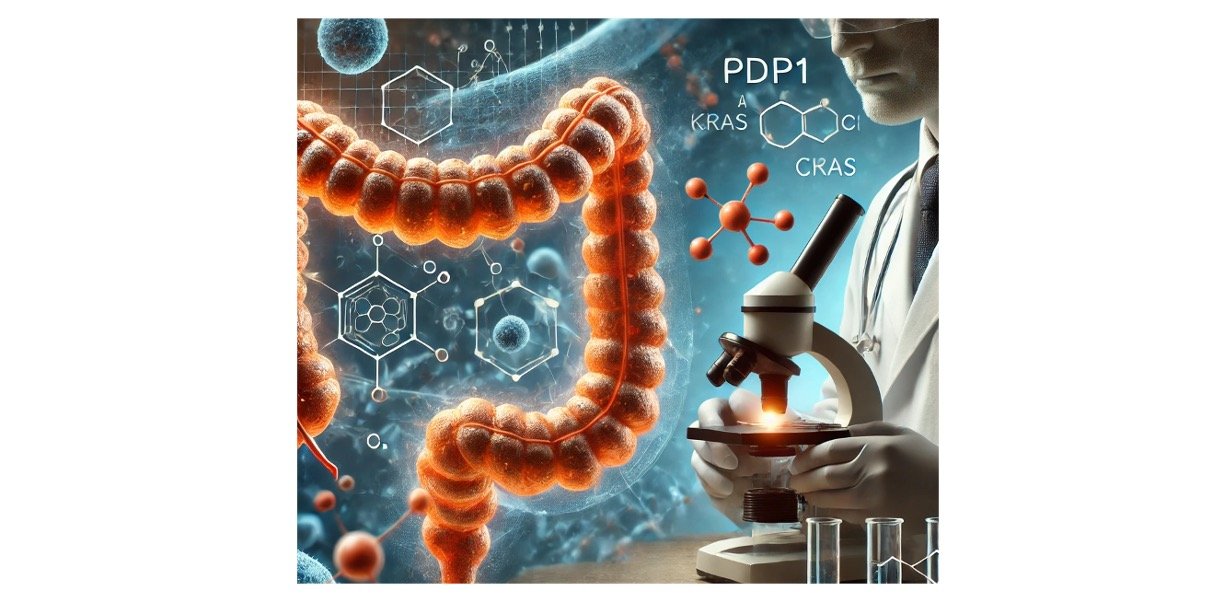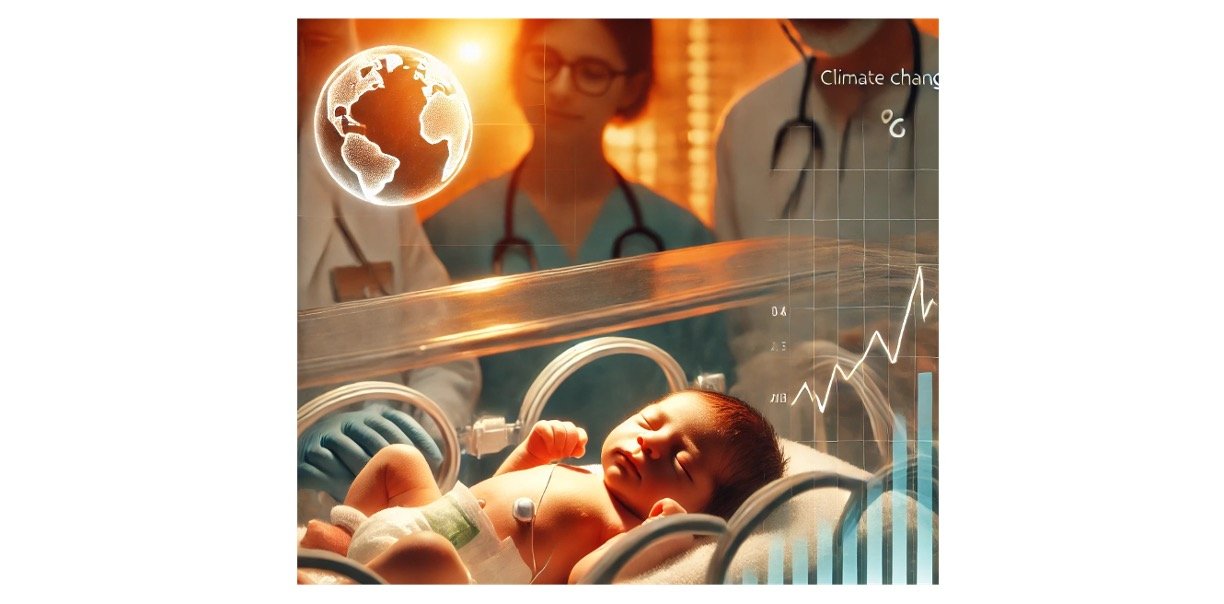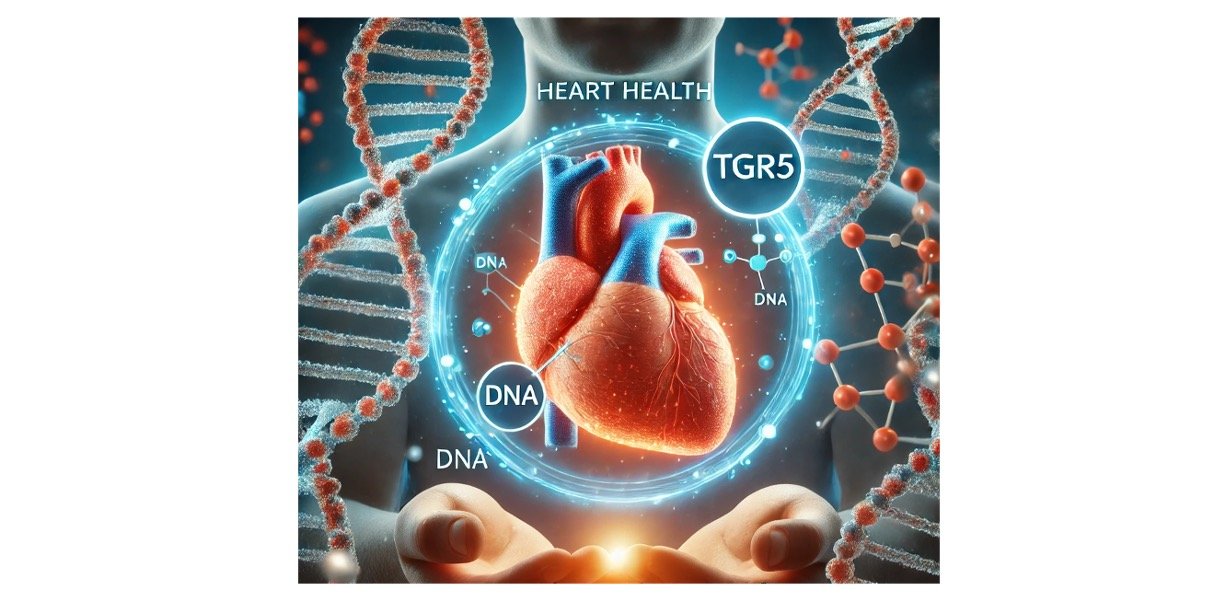Table of Contents
Growth Definition
Growth (biology definition) is the unstoppable rise in the size of an organism through time. Development and maturity are synonyms.
What is Growth?
Growth is the unstoppable rise in the size of an organism through time. It may also be described as one of a living thing’s qualities. The phrase “biological growth” is used in biology to characterise an organism’s development. The growth of an organism might continue throughout its life or stop when it reaches maturity. A plant seed that grows into a fully grown tree is an example of biological growth. Cell growth refers to a rise in the size or number of cells at the cellular level. Growth has been linked to pathology in medical research (disease). Pathological growth, for example, might suggest the presence of a tumour, which is an abnormal mass of cells or tissue.
Growth Process
Throughout their lives, living creatures tend to develop. It is, however, a procedure that occurs on a regular basis and in phases. The existence of a single cell is generally the starting point for growth. This cell can either proliferate and become larger in particular places, as in plants, or it can diversify and grow in other sections of the organism, as in animals. The rate at which an organism grows is determined by a variety of variables, both external and internal. Changes in these elements throughout centuries have had an impact on how living things develop and flourish to this day.
Types of Growth
In biology, there are three (3) different forms of growth to consider. They are as follows:
i. Growth in cells
ii. Growth in plants
iii. Growth in animals
i. Growth in Cells
When cells increase in bulk and physical size, they are said to be growing. Because all living things are made up of cells, cell development is the foundation of all creatures’ growth. Mitosis, a kind of cell development that divides the parent cell into two genetically identical daughter cells, is a common way for cells to proliferate. Mitosis is a natural process that happens in nearly all cells. It replaces old and sick cells with new ones that are healthier.
Mitosis is the process by which multicellular eukaryotes reproduce new cells that can specialise and take on particular functions in the body. Monerans, also known as prokaryotes, do not have this sort of cell proliferation since they are unicellular creatures. Instead, due to the cell’s size, it must replicate by simply splitting or binary fission. Because these cells lack organelles, their development pattern is less intricate, and their cellular organisation is less complex than that of eukaryotic cells.
ii. Growth in Plants
In mitotically active areas, growth occurs. This is when the stem and roots grow longer, or new plant components emerge. Plants expand in size as a result of both cell division and growth. Cell division will increase the number of cells in the plant, whereas cell expansion will increase the size of the plant. Cell differentiation is the process through which some cells in a plant specialise and are employed for specific activities inside the plant. The cells that stay undifferentiated, on the other hand, play a bigger part in the development of the plant, allowing it to continue to divide.
Meristems are where these undifferentiated cells may be discovered. The meristem allows the organism to expand by allowing the stem and roots to continue to extend. This is referred to as primary growth. Secondary growth occurs when lateral cell division occurs in the meristem, resulting in an increase in the plant’s girth and thickness.
iii. Growth Animals
The growth process for animals differs from that of plants. Cell division and growth, for example, are not concentrated in animals, as they are in plants, but are distributed throughout the body. When it comes to animals, the rate of cell division and growth vary as well. The proliferation of these cells promotes tissue development, which leads to the creation of organs.
Organs build organ systems, which in turn build an organism. Animals typically go through three phases of development: embryonic, juvenile, and adult. The adult stage of the life cycle has little to no growth, whereas the embryo stage has the highest development. Most animals go through this basic development phase.
Factors Regulating Growth
Growth, like all other traits of living organisms, needs control. The process of growth is enabled by a variety of variables. For example, if something in the environment isn’t working properly, an organism’s growth will be hampered or accelerated abnormally. These physical variables might also result in various structures taking diverse shapes.
Plants that are subjected to significant physical stress, such as drought, will wither as a result of a lack of water. For the buttercup plant, however, leaves produced in the air have a distinct morphological form than those developed in water. All living creatures require the proper temperature, since most animals will succumb to hypothermia if the temperature is too low.
Internal influences can encourage or impede the development of organisms. This is frequently found in an organism’s gene pool, and it can cause either normal or aberrant growth in a living thing. Hormones, which are regulatory stimulants that cause the body to execute certain activities, control the rate, size, and physical traits that an organism develops in its system. These can even influence whether or not an organism will survive and how long it will live.
The pituitary growth hormone, for example, has a significant impact on the rate at which animals develop. A pig given growth hormone will not only grow faster than a normal pig, but it will also be leaner and require less food.
Growth Dynamics
Because no two organisms develop in the same way, measuring growth has proven to be a difficult undertaking throughout biology’s history. The methods used to assess the growth of living organisms are mass and volume. Although mass is easier to measure than volume, volume provides a more precise assessment of growth. Cellular growth can be measured in terms of mass or dry mass, although volume is preferred.
Dry mass, on the other hand, is the best method for determining the size of tiny herbaceous plants. Scientists must, however, exercise caution when using mass for tiny plants, since their water content varies greatly. The metric of volume will be used to measure more large vegetation, such as trees. The average animal is typically measured by mass since it is a straightforward technique for these frequently mobile and restless animals.
The study of how organisms grow and develop throughout their lives is known as developmental biology. This discipline continues to investigate the many ways in which organisms grow and evolve, as well as to investigate new concepts and findings. The research of hox genes in Drosophila, or fruit flies, has lately assisted with the mislocation problem in vertebrates’ organs. This and a slew of other examples demonstrate how studying bodily growth may aid in biological research and discoveries.
Growth Examples
Cells can multiply in a variety of ways. The cell size will rise if there is no cell division but the cell continues to duplicate DNA. Endoreplication is a type of cell proliferation that occurs in the platelet-producing cells of the bone marrow (megabaryoblasts). Their cells, on the other hand, expand without producing new DNA molecules. These cells mature to the point where they can carry out their specialised functions and seldom divide. To do so, these cells must continually manage their ambient variables in order to avoid growing in size and frequency. Neurons and heart muscle cells are frequently affected by this.
A plant’s life cycle of growth is fascinating, from seed germination through senescence. The “Christmas” conical tree form is an excellent illustration of initial development in plants. The shoots and root terminals of these trees usually divide quickly. When the tree’s tips (apical buds) are removed, the tree grows outwards, giving it a “fuller” appearance.
Secondary growth is typically less visible in plants, especially trees, because it takes such a long time for them to mature in this way. A simple examination of the rings on the trunks of trees, on the other hand, reveals years of secondary development within the organism. Each circular ring on many trees represents a year of growth for that particular plant.
Animal growth can be measured in terms of the organism’s overall physical size or the number of specialised cells. Animals’ muscle, nerve, and reproductive cells all develop and differentiate to perform their respective roles.
If a structure is fully formed, the cells within it will stop developing until it is damaged. The ears of a cat, for example, will not change in size as the animal grows older. That ear will only grow if it is somewhat injured; an ear that has been completely cut will not regenerate.
In general, all animals will grow in size throughout the course of their lives. Hormones generated by hormone-synthesizing glands in the body typically promote these changes. These are released into the circulation and carried to the body’s vital organs.
T3, a hormone found in metamorphic vertebrates, is responsible for the formation of structures, organ rearrangement, and other processes that occur during the metamorphosis stage. Amphibians go through this process of development.
Growth Citations
- Light-Mediated Hormonal Regulation of Plant Growth and Development. Annu Rev Plant Biol . 2016 Apr 29;67:513-37.
- Long-Term Adverse Effects of Early Growth Acceleration or Catch-Up Growth. Ann Nutr Metab . 2017;70(3):236-240.
- A systematic review and meta-analysis to revise the Fenton growth chart for preterm infants. BMC Pediatr . 2013 Apr 20;13:59.
- Physical Growth, Body Scale, and Perceptual-Motor Development. Adv Child Dev Behav . 2018;55:205-243.
Share












